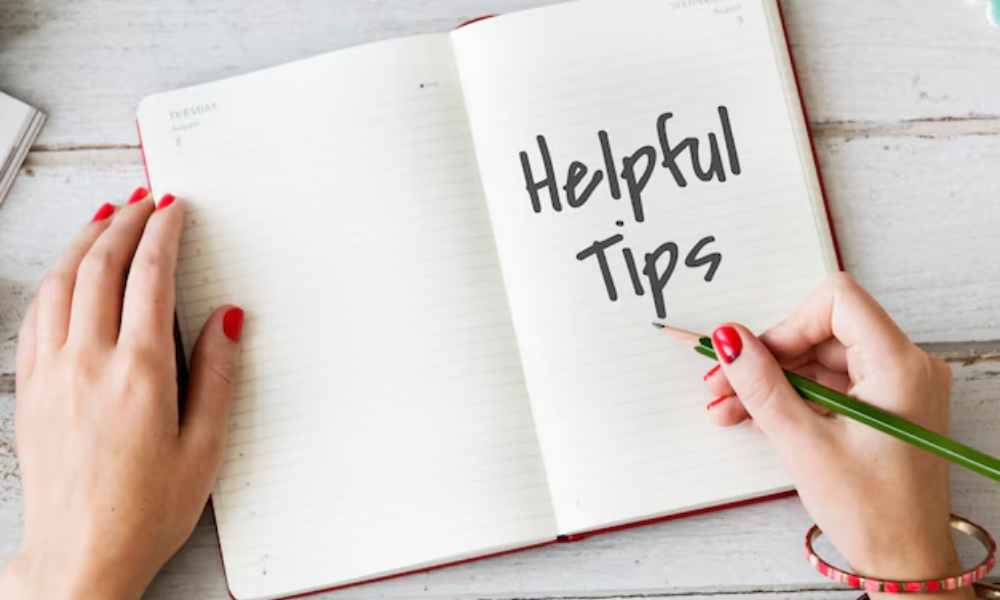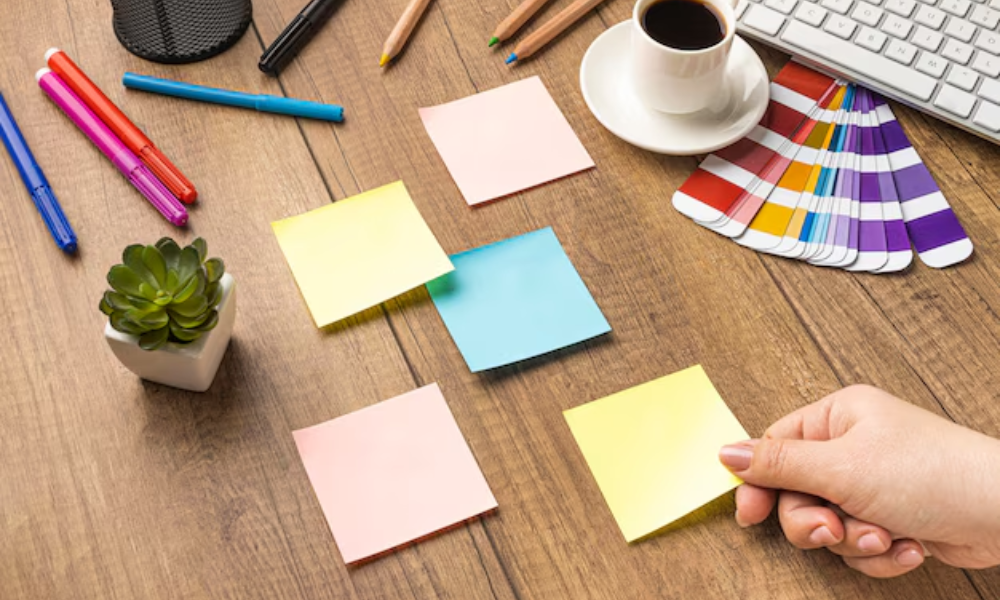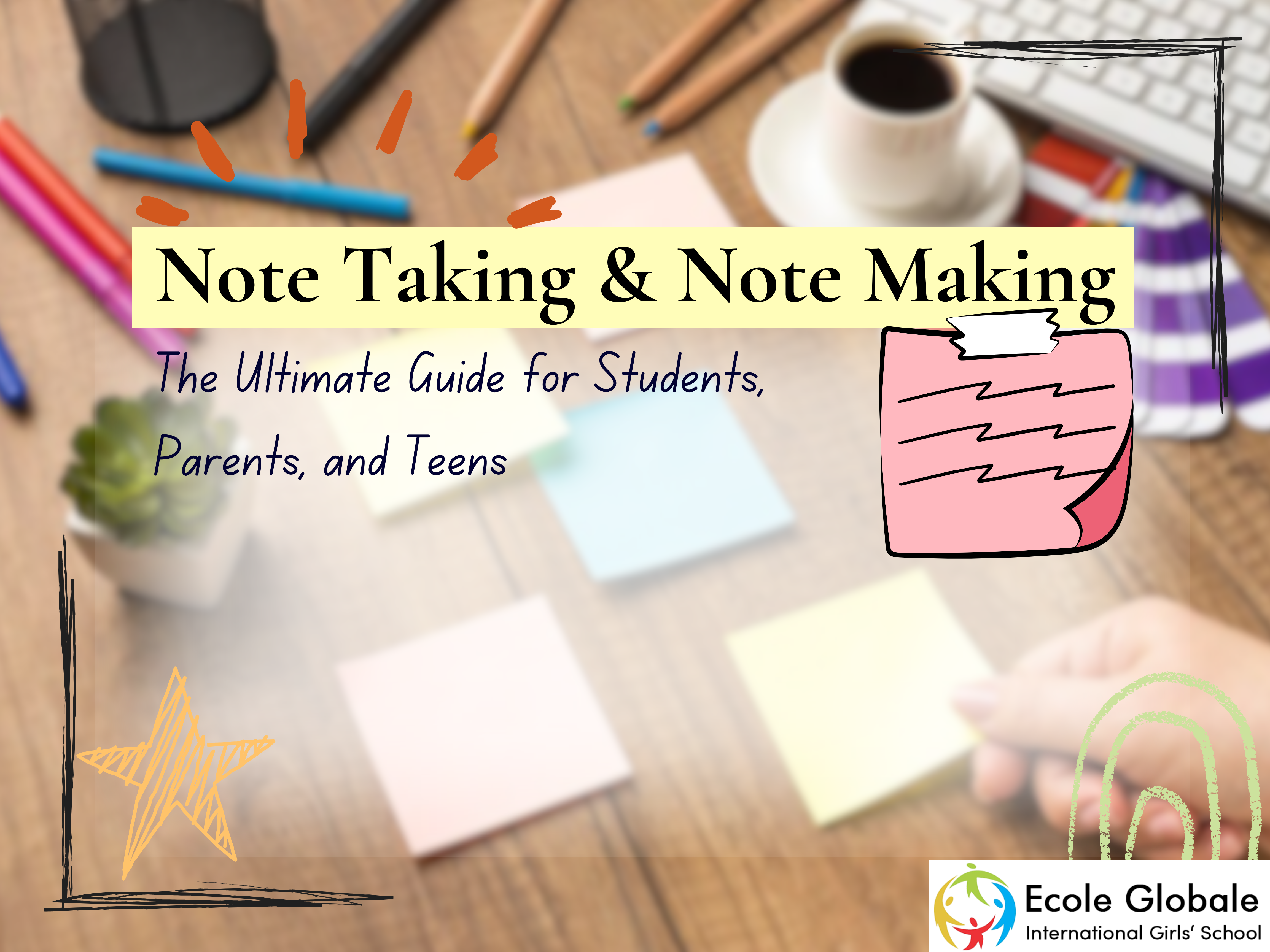In today’s fast-paced learning environment, efficient note taking and note making skills are crucial for retaining information and understanding complex subjects.
While note taking focuses on capturing information as you hear or read it, note making is about processing and organizing that information for deeper understanding.
Understanding Note Taking and Note Making

What is Note Taking?
- Definition: Note taking is the process of quickly capturing information during a lecture, meeting, or while reading. The primary goal is to record key points and details in real-time.
- Purpose: This method helps you stay engaged and retain information during fast-paced situations.
- Characteristics: Focuses on jotting down main ideas, often includes abbreviations, and generally emphasizes speed and efficiency.
What is Note Making?
- Definition: Note making, on the other hand, involves actively engaging with the content by reorganizing, summarizing, and connecting ideas after the initial note taking phase.
- Purpose: This method enhances understanding and long-term retention by transforming raw notes into meaningful content.
- Characteristics: Emphasizes critical thinking, includes your own wording, and often integrates visuals like mind maps or diagrams.
Differences Between Note Taking and Note Making

| Aspect | Note Taking | Note Making |
| Purpose | Capture information quickly in real-time. | Organize and interpret information for deeper understanding. |
| Speed | Faster, involves jotting down main points as you go. | Slower, as it involves rephrasing and connecting ideas. |
| Language | Uses source language directly (e.g., quotes). | Involves paraphrasing and summarizing in your own words. |
| Engagement | Minimal, primarily focuses on capturing key ideas. | High, encourages critical thinking and active engagement. |
| Best For | Lectures, live presentations, or fast-paced reading. | Revisiting lecture notes, organizing ideas from books or research. |
This table highlights the fundamental differences between note taking and note making. Understanding when to use each will enhance your ability to process and retain information effectively.
Note Taking Tips

Cornell Note-Taking Method
- Structure: Divide your page into three sections: a narrow left column for cues, a wider right column for main notes, and a summary section at the bottom.
- Process: During a lecture or reading session, jot down notes in the right column, add cues or keywords in the left, and summarize the content in your own words afterward.
- Benefits: Organizes notes clearly, making it easier to review and reinforce important concepts.
Outline Method
- Structure: Use headings and subheadings to categorize topics and subtopics in a hierarchical structure.
- Process: Begin with main points and follow up with supporting details, indented for clarity.
- Benefits: Helps structure information logically, ideal for subjects with lots of facts and details.
Charting Method
- Structure: Create a table with columns for different categories such as date, topic, key details, and additional notes.
- Process: As you listen or read, fill out the relevant information under each column heading.
- Benefits: Great for subjects that involve comparisons or timelines, as it organizes information in an easy-to-scan format.
Note Making Techniques

Mind Mapping
- Structure: Start with a central idea and branch out with subtopics connected by lines or arrows.
- Process: Place the main topic at the center, add related concepts as branches, and use colors or symbols for clarity.
- Benefits: A highly visual technique that helps with brainstorming and connecting ideas.
Zettelkasten Method
- Structure: Utilize index cards or digital slips, each containing a single idea or concept.
- Process: Write one idea per card and connect related ideas by referencing other cards, creating a “web” of knowledge.
- Benefits: Ideal for complex subjects, encourages a deep understanding and exploration of connections between topics.
Digital Gardening
- Structure: Build a digital repository of notes categorized into “seeds” (new ideas), “growing plants” (explored ideas), and “harvested fruits” (fully developed concepts).
- Process: Use note-making apps like Notion or Roam Research to organize your notes in a non-linear fashion.
- Benefits: Great for creative and long-term projects, fosters continuous learning and curiosity.
Enhancing Your Notes with Visuals and Colors

Color Coding
- Technique: Assign specific colors to themes or types of information (e.g., blue for definitions, yellow for important dates).
- Purpose: Helps categorize and quickly identify different types of information, making review sessions more efficient.
- Application: Use highlighters, colored pens, or digital tools to mark up your notes.
Incorporating Symbols and Abbreviations
- Technique: Develop a personal shorthand system with symbols for commonly used words or concepts.
- Purpose: Saves time during note taking and makes your notes more compact.
- Application: Common symbols include “→” for leads to, “≈” for approximately, and “Δ” for change.
Using Diagrams and Concept Maps
- Technique: Use visuals like flowcharts, concept maps, or Venn diagrams to break down complex ideas.
- Purpose: Visual aids enhance comprehension and retention, especially for topics with many interrelated parts.
- Application: Suitable for science, history, and other subjects that benefit from visual representation.
Choosing the Right Tools for Note Taking and Note Making

Analog Tools (Pen and Paper)
- Benefits: Writing by hand can improve memory retention and allows for greater flexibility in structuring your notes.
- Best For: Students who prefer tactile learning or those looking to avoid digital distractions.
Digital Tools
- Benefits: Digital tools like Notion, OneNote, and Evernote offer organizational features, multimedia integration, and easy search functions.
- Best For: Students who prefer the flexibility of accessing notes on various devices and integrating multimedia elements.
Tips for Effective Note Taking and Note Making

Summarize, Don’t Copy
- Approach: Focus on understanding and summarizing the main points rather than writing down every detail verbatim.
- Benefit: Summarizing forces you to engage with the content, improving comprehension and recall.
Review and Revise Regularly
- Approach: Set aside time each week to review and revise your notes, filling in any gaps and reinforcing your understanding.
- Benefit: Regular revision helps with long-term retention and prevents last-minute cramming.
Be Consistent in Your Approach
- Approach: Stick to one or two preferred note taking and note making methods for consistency and ease of review.
- Benefit: A consistent approach makes it easier to organize and navigate through your notes.
Conclusion: Mastering Note Taking and Note Making
Both note taking and note making are essential skills for any student, professional, or lifelong learner.
While note taking helps you capture information in real-time, note making allows you to process and engage with that information at a deeper level.
By understanding the strengths of each and incorporating the right tools, you can enhance your learning experience and retain information more effectively.
Experiment with different techniques, choose what works best for you, and enjoy the process of transforming raw information into meaningful knowledge.









